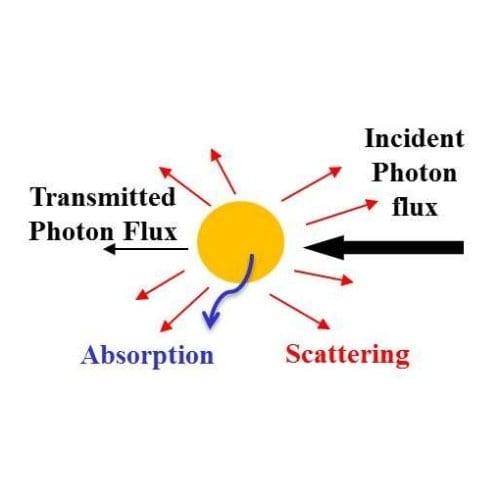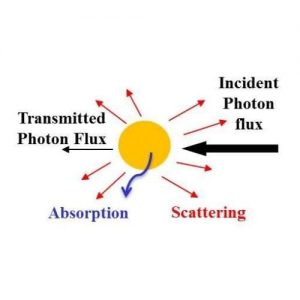Interaction of particulate or colloidal systems with light is of major importance to many scientific fields. The complexity of these heterogeneous systems stems from the coexistence of radiation absorption and scattering.
Among the heterogeneous systems, monomer aqueous emulsions are of high interest because the absorbed light enables polymerization reactions.
At the Laboratory of Macromolecular Photochemistry and Engineering Abraham Chemtob and his co-workers studied monomer aqueous emulsions and the relationship between their optical properties and their photopolymerizability under UV light.
So far a dichotomous approach has been reported by considering optically transparent microemulsions (10-50 nm) suitable, and turbid macroemulsions (> 500 nm) not suitable, for photopolymerization. Monomer miniemulsions exhibiting an intermediate droplet size range (50-400 nm) hold a great potential for the large scale development of photoinduced polymerization processes in dispersed medium.
Chemtob and his co-workers offer for the first time a rational and quantitative basis to understand how droplet size affects the optical properties of model acrylate monomer miniemulsions and, indirectly, their reactivity. Three independent spectrophotometric studies using an integration sphere have been conducted. They enable to explicit the evolution of the scattering and absorption coefficients with the droplet size.
The ultimate objective of Chemtob’s research group is to optimize the use of UV light for producing polymer latexes, which are important industrial products in numerous fields such as waterborne coatings and adhesives.


















